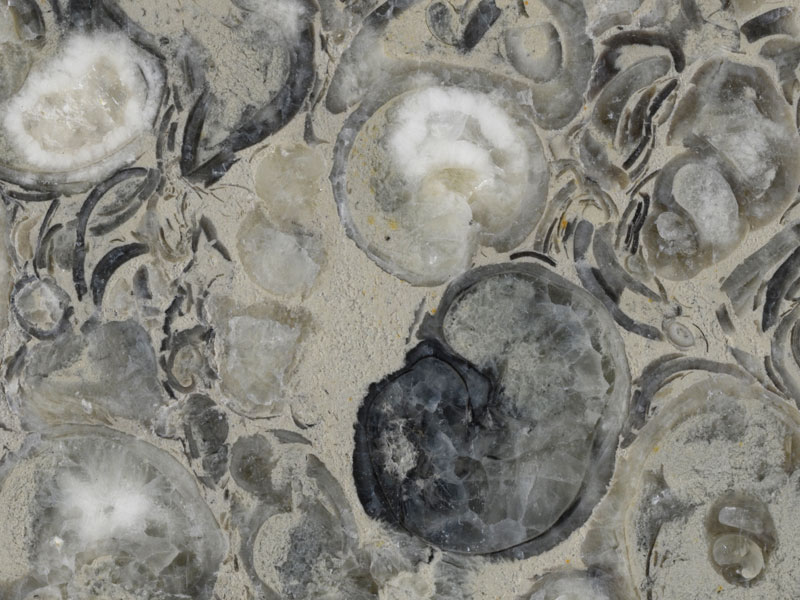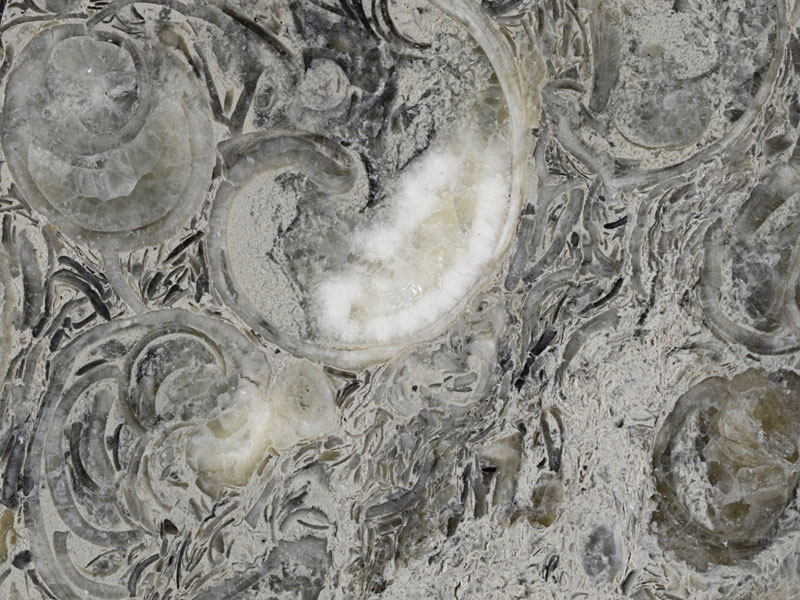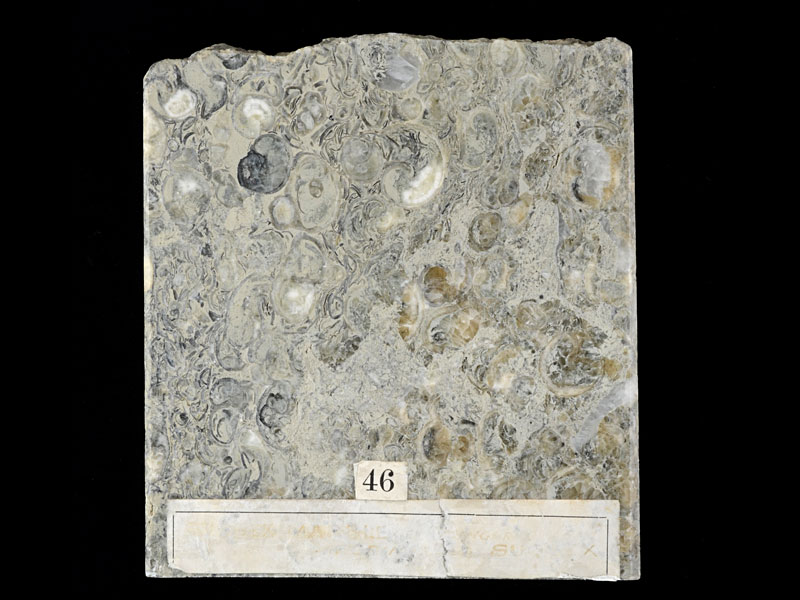
Fact sheet
Sussex Marble is a fossiliferous freshwater limestone material which is prevalent in the Weald Clay of parts of Kent, East Sussex and West Sussex in southeast England. It is also called Petworth Marble, Bethersden Marble or Laughton Stone in relation to villages where it was quarried,[1] and another alternative name is winklestone. It is referred to as "marble" as it polishes very well, although it is not a geologically described one as it has not been subject to metamorphosis. The matrix is made up of the shells of freshwater gastropods and viviparus winkles,[2] similar to but larger than those making Purbeck Marble. The pale calcified remains of the shells are in a matrix of darker material. West Sussex has a good concentration of thin layers of Sussex Marble; beds typically measure no more than 1 foot (0.30 m) thick. There are often two beds—the lower formed of smaller-shelled gastropods than the upper—with a layer of calcareous clay between them.[2]
Watson 1911 Building Stones; MO 1316
The United Kingdom Virtual Microscope (UKVM) collection consists of igneous, sedimentary and metamorphic rocks from around the UK.
It is intended as a teaching resource, helping to tell the story of the common rock types and how they form, and reflecting the history of the UK at the margins of the continent of Europe. The collection is a series of teaching sets, for example igneous rocks from the North Atlantic Igneous Province and SW England; high-temperature metamorphic rocks from Scotland and low-temperature metamorphic rocks from Wales; and sedimentary rocks, including English limestones and sandstones.








